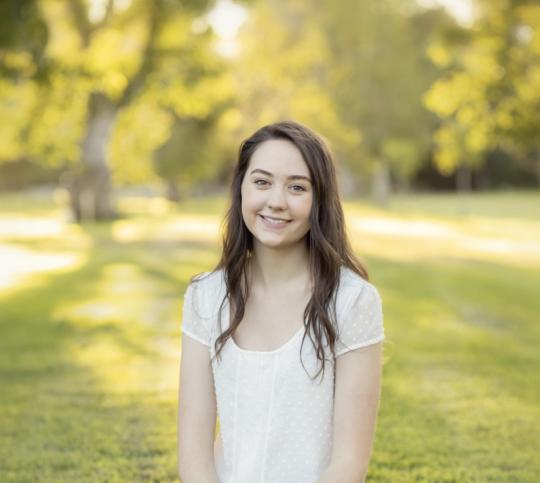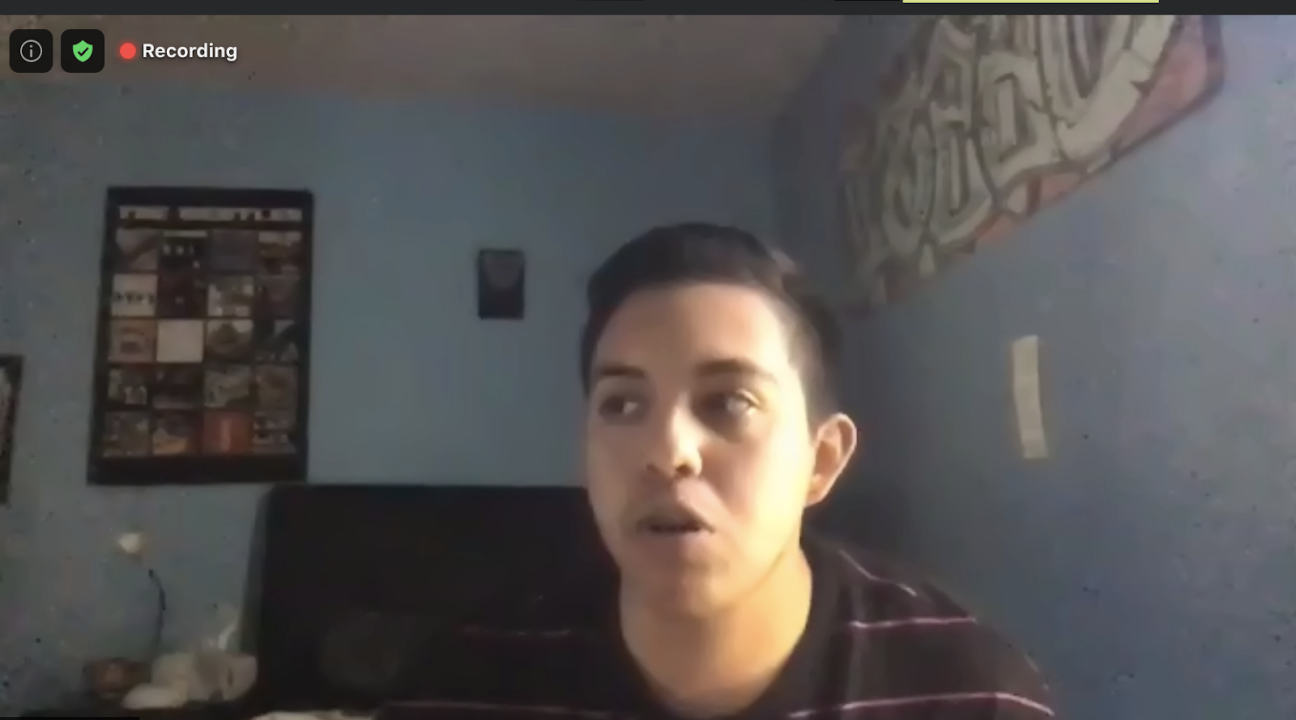Indigeneity In a Contemporary Society
“When I hear the word Indigenous I feel empowered,” said student panelist Gianna Bijan during the Native American Progressive Student Club Panel.
This panel took place as part of SSU’s Native American Heritage Month events in collaboration with several campus organizations including the NAMS Department and The HUB. The purpose of this event was for Indigenous students to express what their identity as Indigenous means to them in a contemporary society.
As an outsider from this club, I would like to mention how incredibly inclusive and welcoming the faculty and students were. They truly encourage everyone to attend and learn about Indigenous cultures. It was also clear that this club has a meaningful impact on students who are just now beginning their journey of connecting with their Indigenous culture.
The students spoke about some of the challenges they have faced with connecting to a Native identity, including the struggle of not feeling “Native enough”. Student Tori Millendez talked about how a lot of people struggle with this feeling and said “I have to remember it’s not always about other people's interpretations of Nativity, it’s about celebrating it within myself.” Student panelist Izaac Limon, who only recently found out he is Native, talked about how there is often pressure put upon Indigenous identifying folks to explain “how much” of their “blood” is Native. “Percentage does not define your Indigeneity…There is no right way to be Indigenous,” said Limon. Student Panelist, Heather Risling, reflected upon her experience when she was younger, considering this question of “how Native am I ?” She shared that she would ask her father this question and one day he responded saying, “you grew up practicing the traditions and cultures [the percentage] doesn’t identify everything you’ve done for the community.”
At one point a student who was there as a viewer, spoke up saying that she only recently found out she was Indigenous and she wanted to connect to her culture but wasn’t sure where to start. This turned into a beautiful moment where the panelist shared advice for connecting to Native culture and welcomed her to continue coming to their club events. “Connecting to your culture is a process. Be patient and be compassionate about your process,” said Limon.
EOP advisor Amal Munayer asked what SSU can do to support our Indigenous Students. Bijan responded saying that simply providing proper education on the History of Indigenous people in America has been extremely helpful.
As a white person, I would like to express my gratitude to the Native American Progressive Student Club and the NAMS department for providing a way to learn about the history and cultures of Native Americans beyond the Eurocentric viewpoint that we are all taught in schools growing up.

Author: Stephanie Farris



